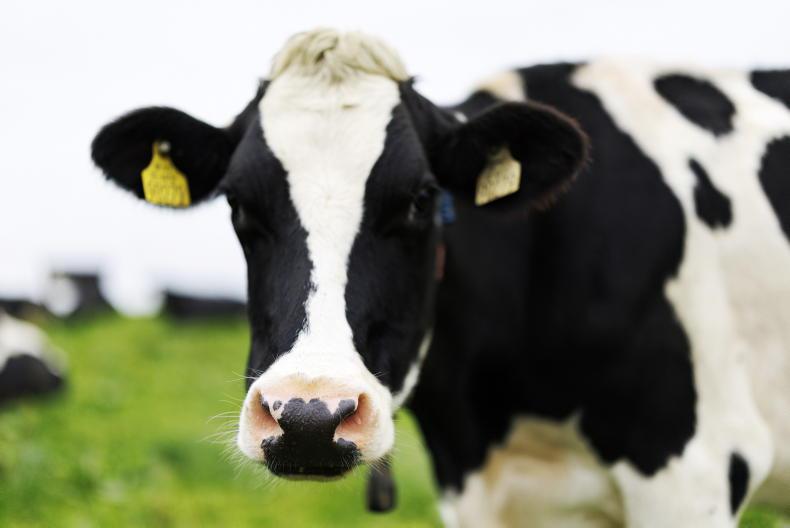To put prices into perspective, the Irish Farmers Journal has taken examples across some of the farming sectors to see how on-farm nitrogen costs look in the present market.
It is important to note that while prices are on the rise, a lot of the movement took place in a short space of time and many farmers are at least six months away from needing more fertiliser and in the current climate no one can say where prices will be then.
The issue may be more urgent for tillage farmers
Livestock farmers are in a relatively good position in terms of silage stocks this season, following good grass growth. The issue may be more urgent for tillage farmers used to purchasing fertiliser at this time of the year.
A tillage farmer who purchased nitrogen this time last year at €185/t would have spent approximately €4,625 spreading 135kg N/ha on 50ha of spring barley. Using CAN as the nitrogen source (at €400/t) the cost is approximately €10,000 – more than double what they paid this time last year.
A dairy farmer spreading 184kg N/ha on 40ha would have paid €5,984 for CAN in January when prices were at €220/t. Today the cost of that fertiliser is approximately €10,880.
A beef farmer who purchased CAN in March at €270/t would have paid €2,800 to spread 70kg N/ha on 40ha of land. At present, the cost of that fertiliser is €4,158.
Policy lacks industry insight
The uncertainty in the market also brings into question Government plans to switch to protected urea and build soil fertility.
If the current situation continues, fertiliser usage will fall by default
Protected urea was scarce this season due to fertiliser shortages, logistics and merchants fearing they would be left with product, while current compound prices are making it uneconomical to build phosphorus and potassium levels in the soil.
If the current situation continues, fertiliser usage will fall by default as farmers weigh up the spend. With an aim of replacing urea with protected urea by the end of 2023, there will have to be something done to ensure supply into the future and to encourage farmers to make the change.









SHARING OPTIONS